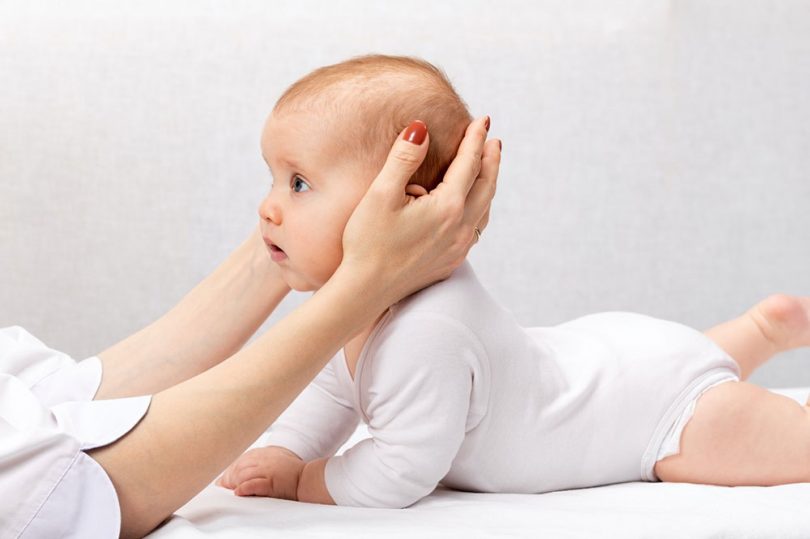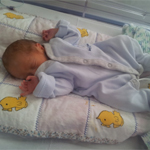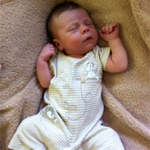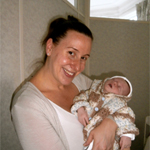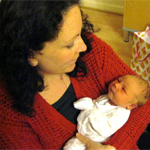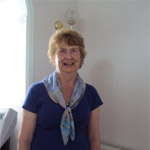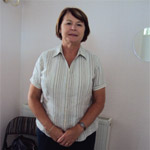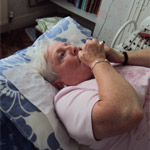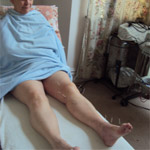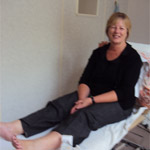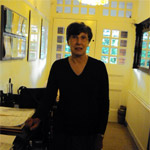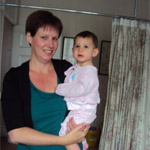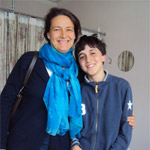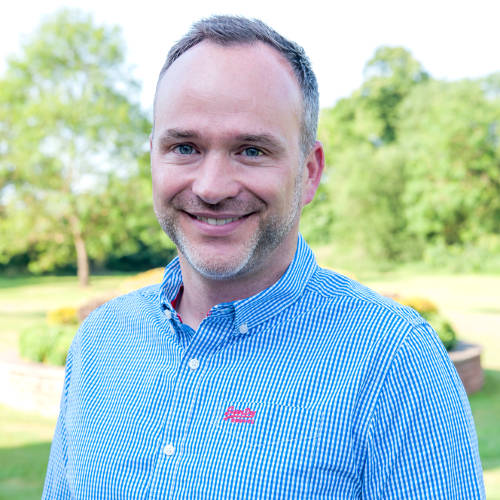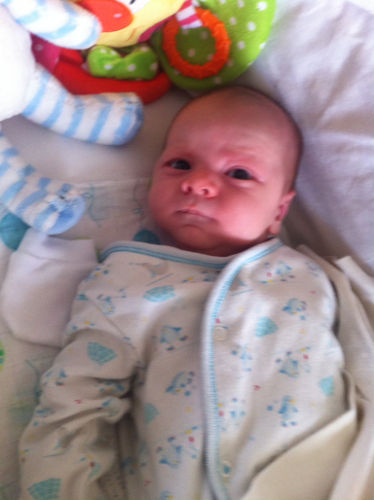What can you use cranial osteopathy for?
“Cranial osteopathy is one area of my practice that gets a lot of attention,” Osteopath Denise Callaghan says, who has more than 35 years’ experience in the field.
This is especially the case in more recent times thanks to celebrities like Heston Blumenthal and royals like Pippa Middleton speaking out publicly about having used this form of treatment.
“But, more often than not, it’s an area that’s not quite understood,” Denise explains. “For example, most people think Cranial Osteopathy is only used for babies and children. And while most of my work with Cranial Osteopathy does involve children and babies, it can be used on adults too.”
Here’s everything you need to know about Cranial Osteopathy:
What is Cranial Osteopathy?
Cranial Osteopathy is a subtler and gentler branch of Osteopathy. It works by detecting and helping to ease areas of tension and displacement within the bodily tissues, helping to reposition and restore the health of these affected tissues. Cranial treatment is designed to both alleviate damage and prevent it from recurring.
Being an incredibly gentle treatment, Cranial Osteopathy can be safely performed on patients of all ages. Denise has attended courses on the Paediatric Pathway at the Sutherland Cranial College of Osteopathy to deepen and extend her skills and knowledge in treating children.
So, why might you use cranial osteopathy?
-
To help with joint or back pain
It’s no secret that a woman’s body changes a lot during pregnancy. Those changes can include the weight increase, changes to posture and the softening of ligaments.
This can lead to additional pressure on joints in various parts of the body, including the spine or pelvis.
Cranial Osteopathy can work by detecting areas of tension within the body, releasing and repositioning stuck tissues and muscles and getting the body back into balance.
-
To help with stress
Cranial Osteopathy uses specialized techniques to detect areas of tension, predicting how it is that the tension occurred and manually releasing it. This action restores muscles and tissues back to their proper positioning, retaining the body’s overall balance.
Babies’ skeletons are softer than an adult’s and osteopaths will therefore use gentler techniques such as Cranial Osteopathy when treating babies.
-
For headaches
For many people, headaches start as pain or tension at the top of the neck. Wear and tear of the upper joints of the neck or tightness of the muscles can cause referred pain to the head leading to headaches.
When the pain worsens, it may spread to the back of the head, the temples, the forehead, or behind the eyes. And moving the neck may increase the pain.
However, cranial osteopathy can help ease these symptoms. One systematic review, which looked in to the therapeutic effects of cranial osteopathy over a variety of different conditions, including headaches, found: “These findings support the use of cranial osteopathic manipulative medicine as an effective and clinically beneficial treatment modality for patients of all ages with a variety of conditions.”
If you are still suffering with a health issue after speaking with a GP, do get in touch with Denise. Denise has been known to assist people in a range of problems from serious injuries to stress.

